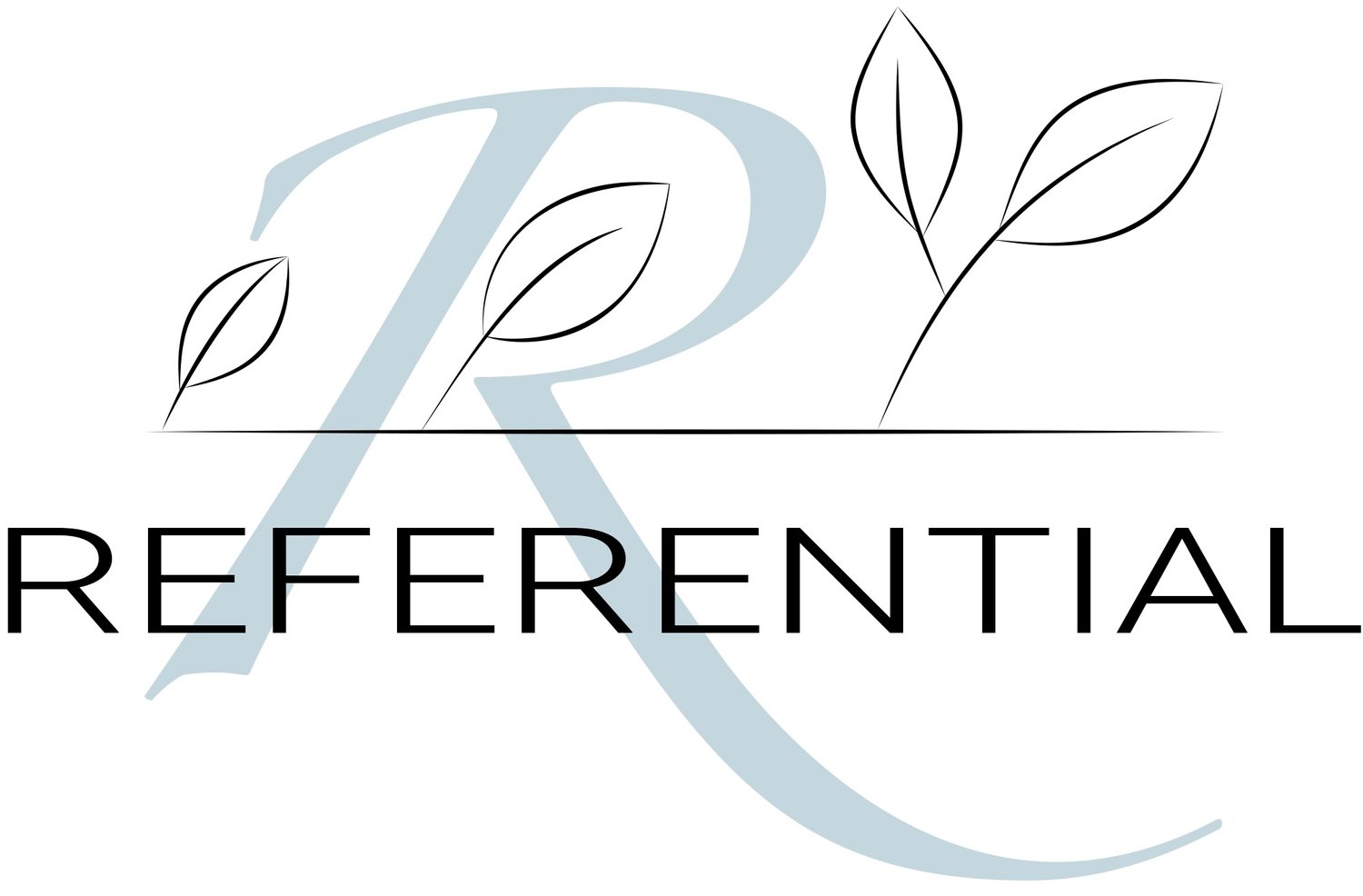When Mergers And Acquisitions Meet Existing Advocacy Programs At The Enterprise Level: Our POV
Referential continues to provide strategic guidance to enterprise-level clients as they proceed through M&As. The process is complicated, and there is no shortage of challenges such companies face.
A few years ago, I wrote a blog post highlighting how a merger and acquisition may affect individual reference teams, personnel, reference management systems and CRM databases. Referential continues to provide strategic guidance to enterprise-level clients as they proceed through M&As. The process is complicated, and there is no shortage of challenges such companies face.
Let’s walk through some of them.
Reviewing Pre-Existing Reference Programs
It’s best to take the opportunity to investigate the ways in which an existing advocacy program could move forward. To do so requires revalidation, promotion, education and trust building. First, however, you must know what you have to work with – is there one reference program? Do the merging entities both have programs?
There are various ways to progress depending on what prior reference programs looked like. Let’s say, for example, only one of the two companies had a formal program in place. In this case you would need to develop a process of merging data from an existing program, with knowledge that is often kept in spreadsheets or in people’s heads, and create a new model that incorporates all of the products your team will now be supporting.
Identify Priorities and Target Customers
Companies often have different priorities and customer focuses. The advocates that were very active in one program may no longer be the top focus once the two entities have merged their account bases. While two programs may sometimes share common priorities and target customers, in other cases folks tasked with building reference programs may find they have to start from scratch after an M&A.
There can often be a lot of turmoil among the advocates as they go through the process of the program being updated to reflect the merged situation. It is very important for them to understand where they fit into the new model and usually requires work with the account teams and customer success to establish if they will continue to participate.
Referential accomplishes this through a process called revalidation, which also helps demonstrate the value of the combined program by tracking customers’ referenceability in one database as the single source of truth versus in multiple locations, people’s heads or individual spreadsheets.
Enter: Program Promotion, Education and Trust Building
A merger brings a lot of “new” to work through: new sales teams, new product and marketing teams and new customers.
Just remember that you are not alone, pretty much everyone in the company is now experiencing the same. Just as there can be a change in which of your customers are now a focus, there is always an upheaval with sales account ownership changes and attrition. New account teams may not have the history of interactions so be as helpful as you can! It can be invaluable to the new account team to know how their customer has engaged in the past, whether they’ve been an advocate, are active in user groups, attend executive meetings, etc.
Make sure every interaction you have promotes your program and educates your stakeholders. You and your team will be new to many people and only by building their trust and making sure that they know what a crucial role you can play within the organization will ensure that your program thrives. I never end a conversation without asking, “What can I do for you?” I truly believe that goes a long way to building a long and successful partnership.
Have you experienced anything similar? We’d love to hear your story!


